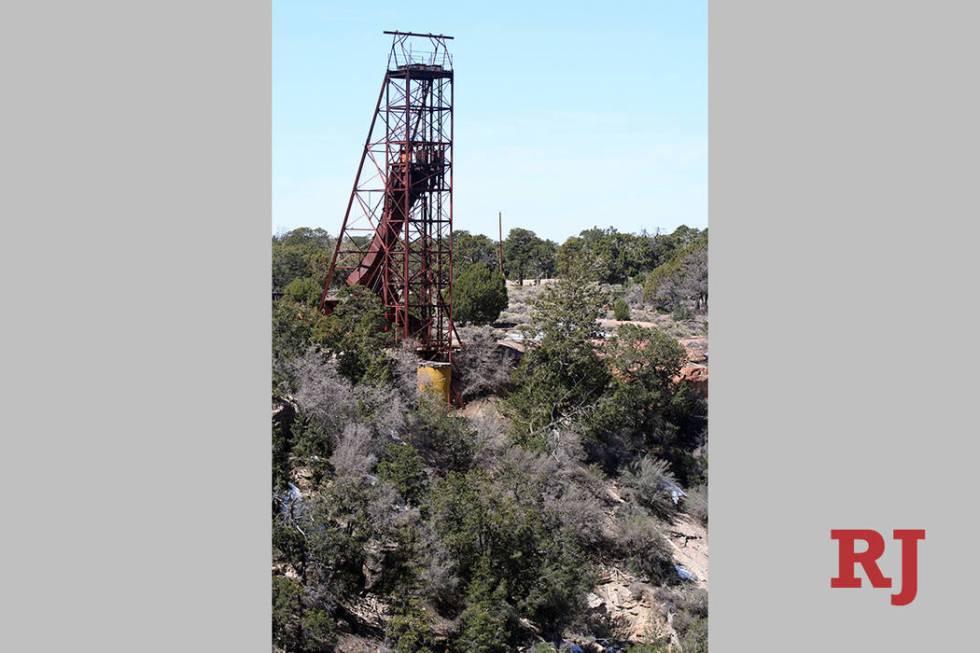Las Vegas radiation expert downplays Grand Canyon uranium scare

Federal safety regulators are investigating whether employees and visitors were exposed to unsafe levels of radiation at a Grand Canyon National Park research building where uranium ore samples apparently sat around for years in unmarked buckets.
But one Las Vegas radiation expert said it doesn’t sound to him like anything to worry about.
Jack Doyle worked at the Nevada Test Site for more than 40 years, most of that time as manager of the U.S. Department of Energy’s Remote Sensing Laboratory. Now the retired contractor is a trustee and docent at the National Atomic Testing Museum in Las Vegas.
Based on the media accounts he has read about the uranium scare at the park 280 miles east of Las Vegas, Doyle said, it seems unlikely anyone could have received a dangerous dose of radiation.
“It’s really not something people should be very concerned about,” he said.
Three 5-gallon buckets have been removed from a building about a half mile from the Grand Canyon’s South Rim that houses the park’s archives and artifacts. About 550 people tour the collections each year, mostly by appointment.
The National Park Service is working with Arizona health and workplace safety officials on the investigation. Park service spokeswoman Vanessa Lacayo told The Associated Press that the agency also plans to set up a hotline for anyone concerned about potential radiation exposure.
The Arizona Republic first reported on the buckets of uranium ore after talking to Elston Stephenson, the park’s health and safety director, who told the newspaper that the park failed to warn workers or the public about the danger.
Stephenson did not respond to an email requesting comment, and a call to a number listed for him in a park directory went unanswered.
Lacayo said the area where the plastic buckets were stored was not a part of the tour of the building known as the Museum Collection, though people did walk past the area. Stephenson told The Arizona Republic that the buckets were near a taxidermy exhibit where children sometimes stopped for presentations, and the lid on one bucket wasn’t sealed.
Uranium is a naturally occurring substance found all over the world. It has been mined for decades at sites across Northern Arizona, including the Orphan Mine on the South Rim of the Grand Canyon, which ceased operations in 1969.
Doyle said unprocessed ore generally emits very low-energy gamma ray radiation that can be easily shielded.
Someone would have had to handle the ore extensively or sit on the buckets for hours at a time to receive a worrisome exposure.
He said the Atomic Testing Museum keeps a piece of unprocessed uranium ore in one of its displays so visitors can scan it with a radiation-detecting instrument.
Just because someone stands next to radioactive material doesn’t mean he or she is receiving a harmful dose, said Doyle, whose job at the test site involved responding to possible contamination sites around the country and measuring for radiation.
Then again, he doesn’t think the park service should be keeping unlabeled plastic buckets full of uranium ore in a place that’s accessible to the unsuspecting public.
If that’s what happened, Doyle said, “That was not cool.”
Contact Henry Brean at hbrean@reviewjournal.com or 702-383-0350. Follow @RefriedBrean on Twitter. The Associated Press contributed to this report.